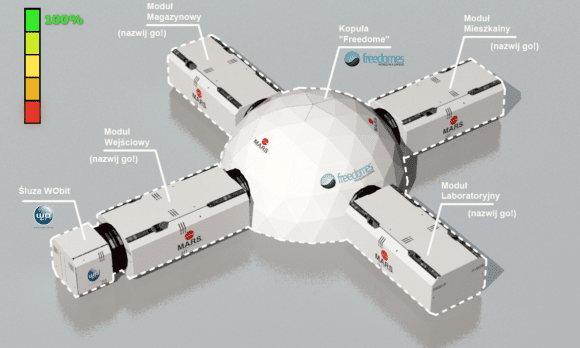Polish F-16 In The NATO’s Precision Weapons “Pool”
Antoni Macierewicz, Polish Minister of Defence, during the recent NATO Defence Ministers Meeting, has signed a memorandum of understanding, pertaining to multinational cooperation within the scope of acquiring precision guided munitions. In practical terms, this means that Poland will have an ability to procure armament together with the remaining NATO member states.
The document in question has been signed between the Defence Ministers of Poland and Denmark, with the latter party acting as the leading nation of the precision guided munitions collaboration initiative. Polish Minister of Defence confirmed the fact that within the framework of the “Smart Defence” initiative, armament for the Polish F-16 jets is to be acquired. The initiative in question will also be used for the training purposes.
What is more, Antoni Macierewicz noted that undertakings of this type are very relevant, considering the current security context in the region of the NATO’s Eastern Flank. The concept of joint procurement of the precision guided munitions for the air forces has been approved for the first time during the NATO summit in Newport. Initially, the said initiative involved Denmark, Norway, Spain, Portugal, Greece, Czech Republic, and later it was joined by Belgium and Netherlands. Now, the aforesaid group was also unitedwith Poland.
The process is a result of the experience gathered during the air strikes in Libya, back in 2011, when some of the air forces found themselves in a situation in which the weapons inventory was depleted, with a particular regard to the precision guided air-to-surface munitions, or in circumstances in which such munitions’ availability was very much limited. This concerned the smaller states, but, within some scope, the United Kingdom also suffered from problems of similar nature.
The assumption of the aforesaid initiative follows the smart defence principle through capability pooling and sharing. Thanks to procurement which comes in that form, the participating nations may use the armament in line with their needs, which also diminishes the cost and limits the number of actions which are required to finalize the procurement procedure, taking the advantage of the acquisition scale.
It is worth to note that in August, the US State Department issued a consent for procurement of the elements of the precision guided weaponry through the NATO Support and Procurement Agency. The order included 2 thousand JDAM bomb kits, DSU-38/B sensors making it possible to use JDAMs with laser guidance, as well as elements of the GBU-12 and GBU-49 bomb units.
The maximum procurement value has been set as USD 231 million. The joint procurement would only be possible if different countries utilize an identical array of the armament, such as the Paveway or JDAM bombs. Potentially, should a relevant decision be made, the above could also apply to the air-to-air armament, such as the AIM-120 AMRAAM missiles.
Poland is also willing to obtain more advanced weapons that are not being used so frequently. AGM-158B JASSM-ER missiles are an example of such ordnance. However, so far no export contracts have been signed pertaining to this weapons system, thus procurement of the said cruise missiles will probably be finalized in an inter-governmental mode, instead of a joint purchase.




